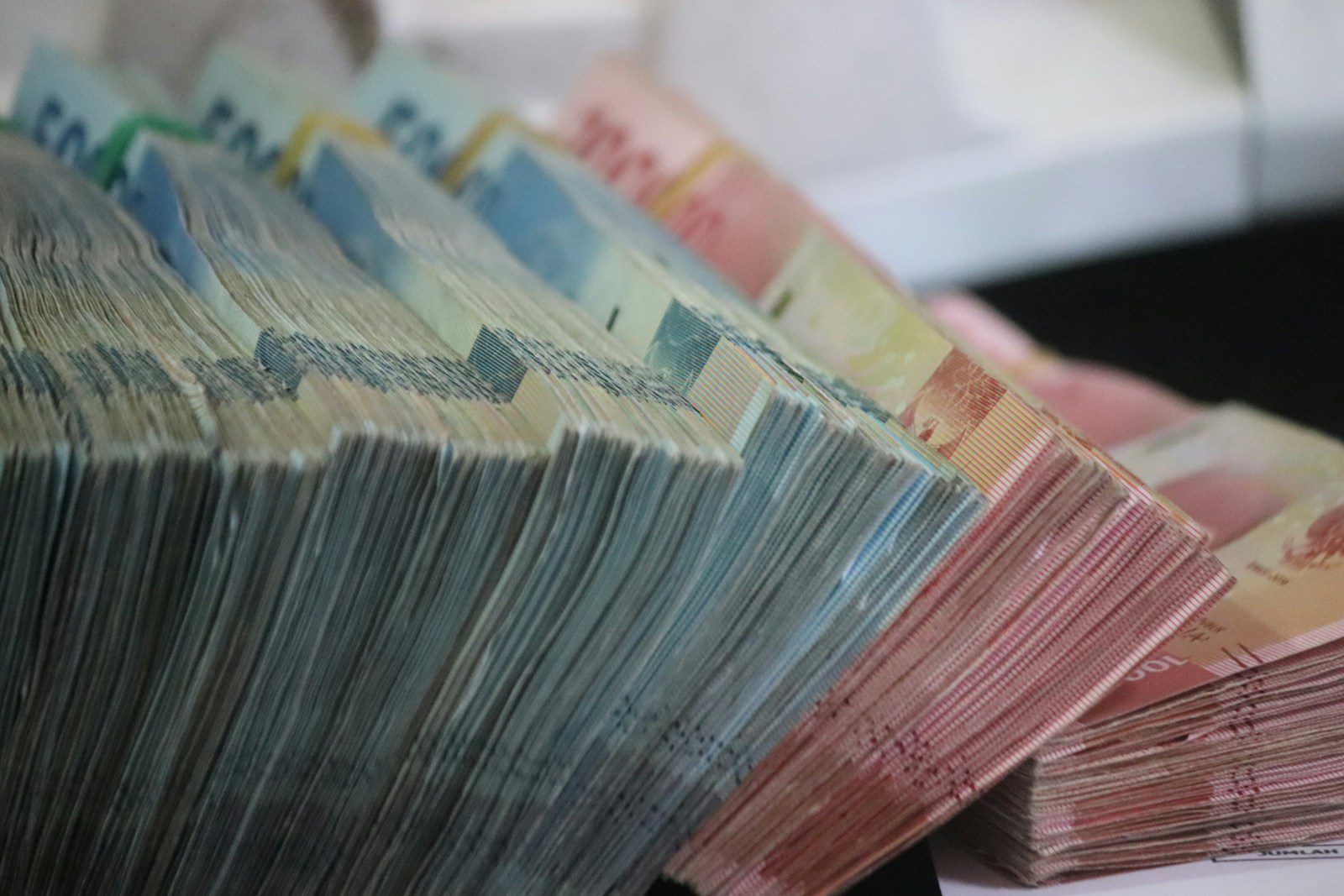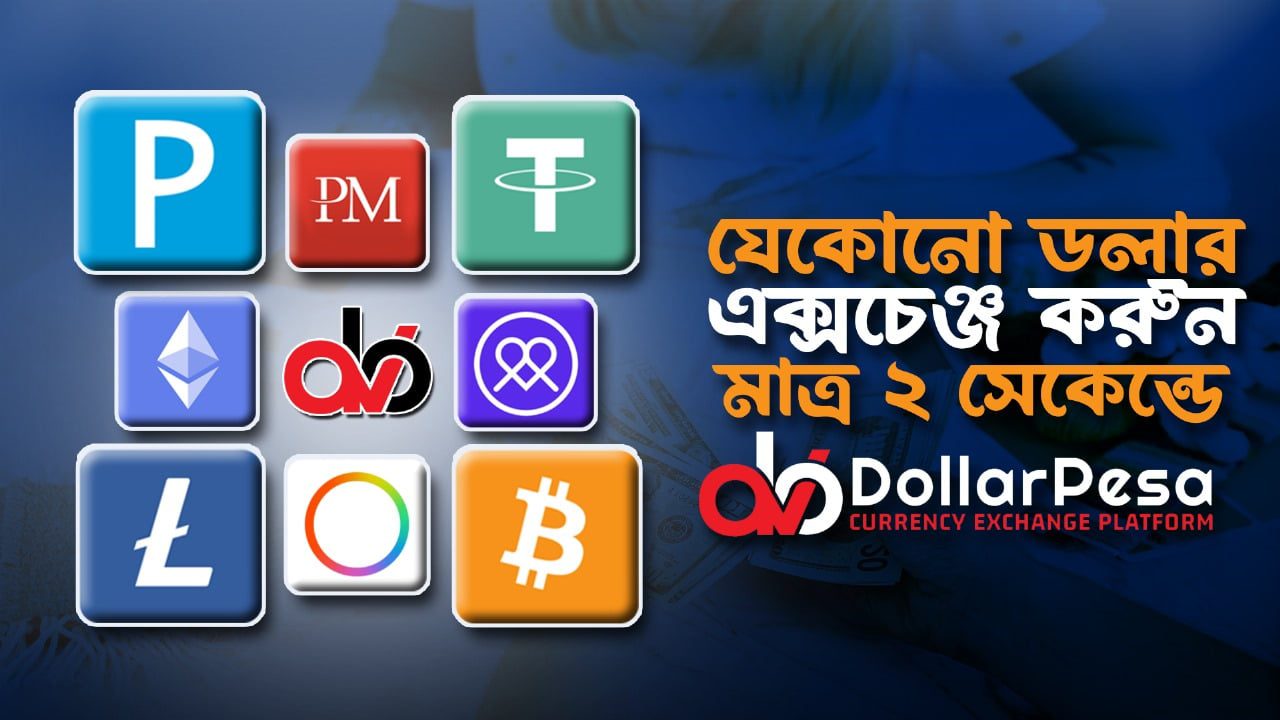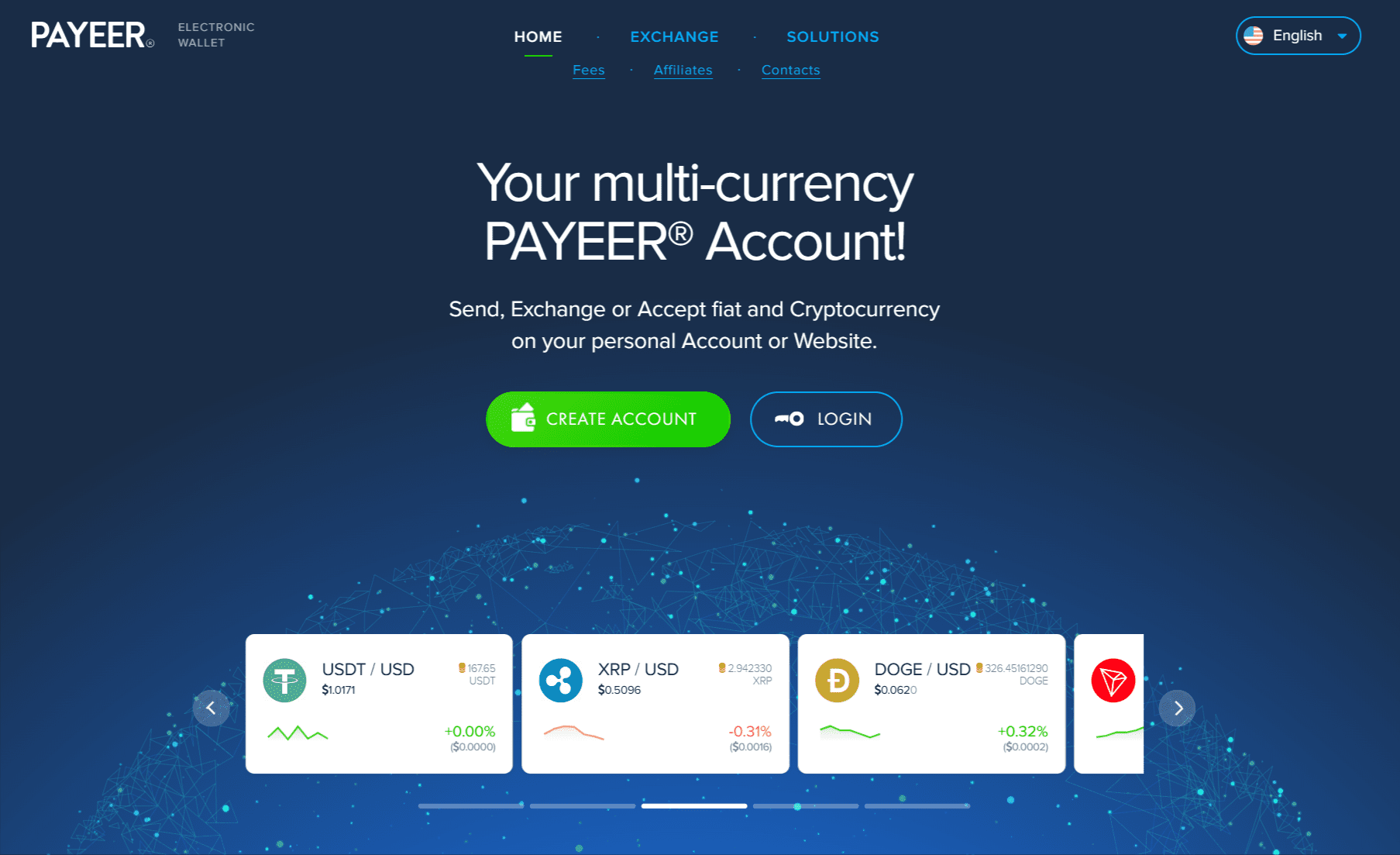The Euro, the official currency of the Eurozone, is one of the most prominent and influential currencies in the world today. Since its introduction in 1999, the Euro has played a vital role in facilitating trade and economic integration within the European Union. Its exchange rate against other major currencies is closely monitored by economists, businesses, and individuals alike. In this article, we will explore the current exchange rate for the Euro and delve into the factors driving its fluctuations. By understanding the dynamics behind the Euro exchange rate, we can gain valuable insights into the broader economic landscape and its implications for various stakeholders.
Contents
- 1 1. Introduction to the Euro and its significance
- 2 2. Factors influencing the exchange rate for Euro
- 3 3. Current economic conditions affecting the Euro exchange rate
- 4 4. Analysis of recent fluctuations in the Euro exchange rate
- 5 5. Comparison of Euro exchange rates with major currencies
- 6 6. Impact of political events on the Euro exchange rate
- 7 7. Forecasts and predictions for the future of the Euro exchange rate
- 8 8. Conclusion and key takeaways on the current exchange rate for Euro
- 9 8. Conclusion and key takeaways on the current exchange rate for Euro
- 10 FAQ
- 11 1. How often does the exchange rate for the Euro change?
- 12 2. How do economic conditions affect the Euro exchange rate?
- 13 3. What role do political events play in Euro exchange rate fluctuations?
- 14 4. Can the exchange rate for the Euro be predicted accurately?
1. Introduction to the Euro and its significance

1.1 Brief history of the Euro
Ah, the Euro – the currency that brought European countries closer together and gave us the joy of never having to worry about converting currencies during our European vacations. The Euro was introduced in 1999 as an electronic currency for financial transactions, and it became physical in 2002 with the release of Euro banknotes and coins. It replaced a bunch of different currencies across Europe, making life a lot easier for travelers (and confusing for those nostalgic about the old currencies).
1.2 Importance of the Euro in global trade
The Euro isn’t just a catchy name with a nice design. It plays a significant role in global trade. As the second most widely held reserve currency after the US dollar, the Euro is used in international transactions and serves as a benchmark for measuring the value of other currencies. Many countries peg their currency to the Euro, making its exchange rate quite important for international trade and investment decisions.
2. Factors influencing the exchange rate for Euro
2.1 Economic indicators and their impact on the Euro
Just like a weather forecast, economic indicators can make or break the exchange rate for the Euro. Factors like GDP growth, employment rates, inflation, and interest rates can sway investors’ confidence in the Eurozone. Positive economic news can strengthen the Euro, while disappointing figures can send it spiraling down. So, keep an eye out for those economic reports – they can be sneaky little things that affect your travel budget.
2.2 Monetary policy decisions and their influence on the Euro exchange rate
Monetary policy decisions may sound like a snooze-fest, but they have a big impact on the Euro’s exchange rate. When the European Central Bank (ECB) adjusts interest rates, it affects borrowing costs and the attractiveness of Euro-denominated assets. Higher interest rates can attract investors, boosting the Euro, while lower rates may have the opposite effect. So, even if you don’t care about economics, know that those central bankers are making moves that can mess with your holiday plans.
3. Current economic conditions affecting the Euro exchange rate
3.1 GDP growth and its impact on the Euro
GDP growth – the measure of a country’s economic output – can be both a friend and foe to the Euro’s exchange rate. When Eurozone countries experience strong economic growth, it tends to strengthen the Euro. On the flip side, if GDP growth falls short of expectations, it can weaken the Euro. So, whether you’re a fan of economic jargon or not, understanding GDP growth can give you some insights into where the Euro might be headed.
3.2 Inflation rates and their effect on the Euro exchange rate
Inflation may be the arch-nemesis of your purchasing power, but it’s also an influential factor in the Euro’s exchange rate. High inflation rates can erode the value of a currency, making it less attractive to investors. On the other hand, low inflation rates can be a sign of a stable economy, boosting confidence in the Euro. So, keep an eye on those inflation numbers – they may determine whether you’ll be enjoying a fancy dinner or a sad bowl of instant noodles on your European adventure.
4. Analysis of recent fluctuations in the Euro exchange rate
4.1 Understanding the causes behind recent fluctuations
Oh, the wild swings of the Euro exchange rate – it’s like a roller coaster ride that you never bought a ticket for. Recent fluctuations in the Euro can be attributed to various factors, such as political uncertainty, economic performance, and global events (yes, we’re looking at you, Brexit). Understanding these causes can help you make sense of why the Euro is misbehaving and decide whether it’s the right time to stock up on those European souvenirs or hold off until the Euro gets its act together.
4.2 Examining the role of market sentiment in Euro exchange rate volatility
Market sentiment is like the mood ring of the financial world. It can swing the Euro exchange rate without warning, based on investors’ fears, hopes, and any random news headline that catches their attention. When market sentiment is positive, the Euro can rise, and when it’s negative, well, you guessed it – down goes the Euro. So, if you feel like the markets are going through a collective emotional roller coaster, just know that it’s not only you – the Euro is along for the ride too!
5. Comparison of Euro exchange rates with major currencies
5.1 Euro versus US Dollar exchange rate analysis
Let’s dive into the exciting world of exchange rates, where numbers dance and currencies compete for supremacy. One of the most closely watched battles is between the Euro and the almighty US Dollar. These two giants of the financial world jostle for dominance, and it’s always interesting to see who comes out on top.
5.2 Euro exchange rate trends against other major currencies
While the Euro and the US Dollar hog the spotlight, there are plenty of other currencies vying for attention. From the British Pound to the Japanese Yen, each currency has its own unique story to tell. The Euro’s performance against these major currencies can give us valuable insights into its overall strength and global standing. Let’s take a closer look at these trends and see what they reveal.
6. Impact of political events on the Euro exchange rate
6.1 Analysis of political developments affecting the Euro
Ah, politics. The ever-changing landscape that has the power to send currencies into a frenzy. Political events can have a significant impact on the Euro exchange rate, as investors and traders react to the latest twists and turns in the world of politics. Whether it’s elections, policy decisions, or geopolitical tensions, we’ll explore how these developments influence the Euro and what it means for your hard-earned cash.
6.2 Brexit and its influence on the Euro exchange rate
Ah, Brexit. The word that elicits a collective sigh from both politicians and ordinary folk alike. The decision of the United Kingdom to leave the European Union has created ripples in the currency markets, with the Euro feeling the effects. We’ll analyze how Brexit has shaped the Euro exchange rate and why it continues to be a crucial factor to watch.
7. Forecasts and predictions for the future of the Euro exchange rate
7.1 Expert opinions on the future trajectory of the Euro exchange rate
If we could predict the future, we’d probably be sipping cocktails on a private island by now. But thankfully, we have experts who dedicate their time and brains to forecasting currency movements. We’ll bring you the latest insights from these sharp minds and see what they have to say about where the Euro exchange rate might be headed.
7.2 Factors shaping future Euro exchange rate movements
The world of finance is a complex web of interconnected factors, like a giant puzzle that never quite fits together perfectly. To understand where the Euro exchange rate is headed, we’ll unpack some of the crucial factors that shape its movements. From economic indicators to central bank interventions, we’ll explore the drivers behind the Euro’s future twists and turns.
8. Conclusion and key takeaways on the current exchange rate for Euro
And there you have it, dear readers. We’ve journeyed through the world of Euro exchange rates, exploring comparisons with major currencies, the impact of politics, and peering into the crystal ball of expert forecasts. Now, armed with this knowledge, you can navigate the tumultuous seas of currency exchange with a little more confidence. Remember, the exchange rate is like a capricious companion – keep an eye on it, but don’t let it rule your life. Happy exchanging!
8. Conclusion and key takeaways on the current exchange rate for Euro
In conclusion, the exchange rate for the Euro is a crucial indicator of the economic health and stability of the Eurozone. Factors such as economic conditions, monetary policies, political events, and global market sentiments all contribute to the fluctuations in the Euro exchange rate. By keeping a close eye on these factors and understanding their impact, individuals and businesses can make informed decisions regarding international trade, investments, and travel. While predicting future exchange rate movements can be challenging, staying informed about the current trends and seeking expert opinions can provide valuable insights for navigating the ever-changing foreign exchange market.
FAQ
1. How often does the exchange rate for the Euro change?
The exchange rate for the Euro can fluctuate throughout the day as it is influenced by various economic and political factors. It is important to note that exchange rates are determined by market forces and can change rapidly. Therefore, it is advisable to check for real-time updates or consult with financial institutions for the most accurate and up-to-date exchange rate information.
2. How do economic conditions affect the Euro exchange rate?
Economic conditions, such as GDP growth, inflation rates, and unemployment levels, have a significant impact on the Euro exchange rate. Strong economic indicators can increase demand for the Euro, leading to its appreciation against other currencies. Conversely, weak economic performance can result in a depreciation of the Euro. It is essential to monitor these economic indicators and their potential influence on the Euro exchange rate.
3. What role do political events play in Euro exchange rate fluctuations?
Political events, both domestic and international, can have a substantial impact on the Euro exchange rate. Elections, policy changes, and geopolitical developments can create uncertainty and affect currency markets. For instance, Brexit had a significant influence on the Euro exchange rate as it created volatility and uncertainties in the European markets. Staying informed about political developments and their potential consequences can provide insight into Euro exchange rate movements.
4. Can the exchange rate for the Euro be predicted accurately?
While experts and analysts offer forecasts and predictions for the Euro exchange rate, accurately predicting future movements is challenging. Exchange rates are influenced by a wide range of factors, many of which are complex and interconnected. Market sentiment, economic indicators, political events, and global trends all contribute to exchange rate volatility. It is crucial to consider multiple factors and seek professional advice when making decisions based on exchange rate predictions.






